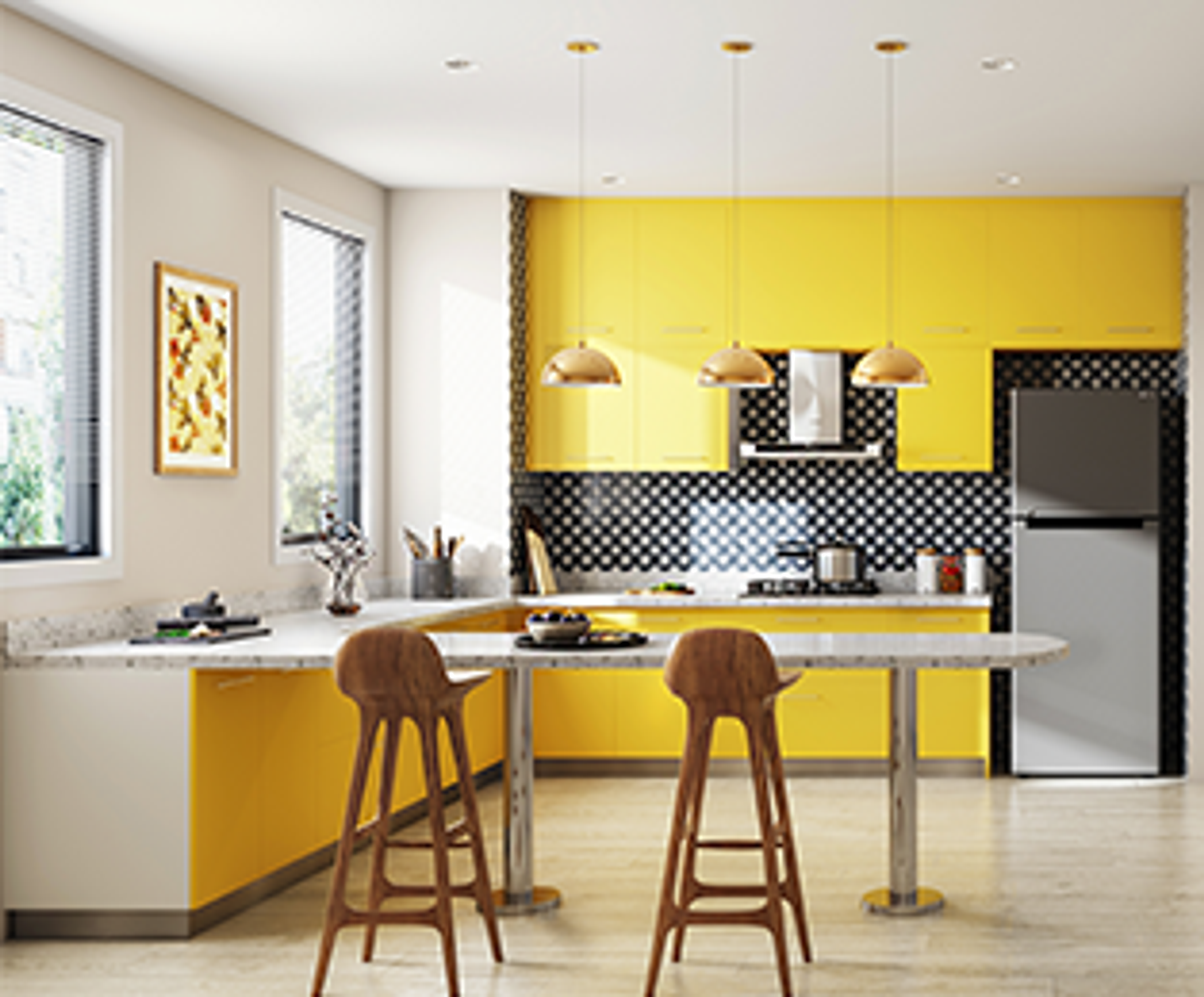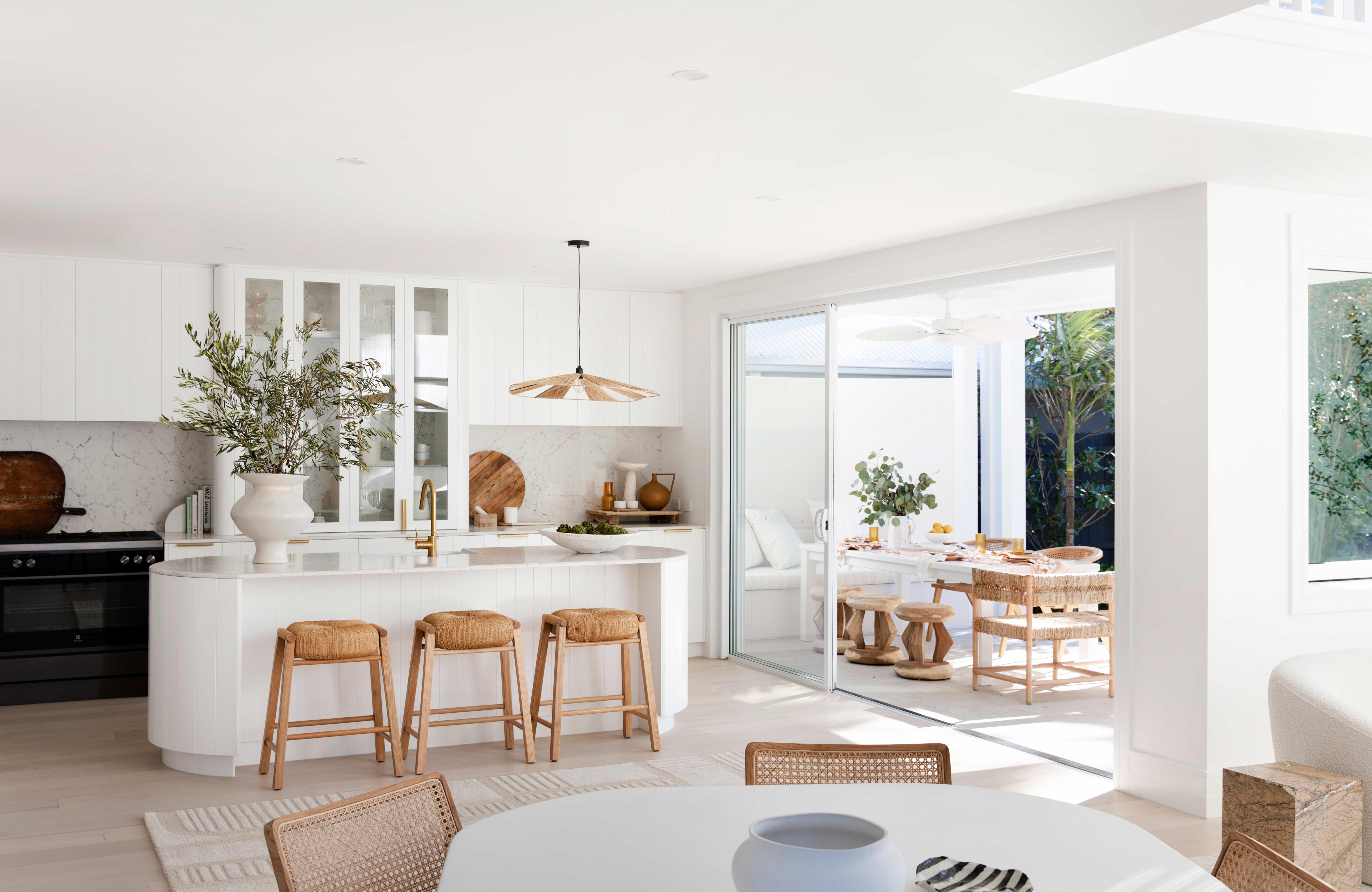Transform Your Home With Important Concepts of Interior Decoration and Aesthetic Appeals
The art of changing your home with the crucial principles of interior decoration and looks requires a thoughtful approach that balances color, balance, and spatial understanding. By comprehending the influence of shade theory and the relevance of appearance and patterns, one can produce areas that are not only visually enticing but also deeply individual. Achieving this balance involves more than simple decor; it includes a strategic plan and an eager understanding of exactly how each aspect connects within a space. As we explore these foundational principles, consider just how they might redefine your understanding of home and personal expression.
Recognizing Shade Concept
Color concept is a basic element of interior decoration that dramatically affects state of mind, perception, and general visual. Recognizing the principles of color theory enables designers to develop rooms that resonate mentally with residents while fulfilling functional demands (miami luxury interior design). Colors can be classified into 3 main types: key, second, and tertiary. Each classification plays an important duty in establishing consistency within an area.
The emotional influence of shades is extensive; cozy tones such as reds and oranges evoke power and warmth, while awesome tones like blues and greens advertise peace and harmony. The usage of complementary colors boosts visual interest, developing striking contrasts that can boost a space's charm.
Neutral colors, on the various other hand, function as a flexible background, enabling other design components to beam. It is important to take into consideration aspects such as illumination and the space's purpose when choosing a shade combination, as these can modify the understanding of shades throughout the day.
Inevitably, a well-considered shade scheme can change a room, promoting a feeling of convenience and design that aligns with the occupants' preferences. Proficiency of color theory is, for that reason, a vital skill for any kind of indoor designer intending to develop unified and welcoming settings.
Accomplishing Equilibrium in Design
How can developers attain a sense of equilibrium in their areas? Attaining balance in layout is essential to developing harmonious interiors. Developers can utilize three primary types of balance: symmetrical, asymmetrical, and radial. Symmetrical equilibrium includes preparing components uniformly around a main factor, fostering a feeling of order and tranquility. This kind frequently features pairs of furnishings or art work, enhancing visual stability.
Asymmetrical equilibrium, on the various other hand, counts on varying aspects that still achieve a cohesive look. This method permits even more dynamic and informal arrangements, giving rate of interest while keeping balance. By meticulously choosing differing sizes, colors, and structures, designers can develop a visually engaging room that really feels balanced yet energetic.
Radial balance highlights a main prime focus with elements emitting outward. This design is generally seen in round layouts, where furnishings and decoration produce a cohesive surround that attracts the eye inward.
Ultimately, attaining equilibrium needs thoughtful consideration of range, proportion, and the relationships in between aspects. miami luxury interior design. By masterfully using these equilibrium concepts, developers can change spaces right into environments that feel both aesthetically pleasing and functionally unified, enhancing the total experience for occupants
Relevance of Spatial Recognition

An eager feeling of spatial awareness enables developers to recognize prime focus within an area, assisting the audience's interest to key attributes while keeping a general sense of unity. It also aids in the calculated placement of illumination, which can drastically affect the perception of room and state of mind. Moreover, understanding spatial connections enables the designer to satisfy the details requirements of citizens, making certain that each area serves its intended objective without endangering appearances.
Eventually, spatial recognition is essential for maximizing the potential of any kind of interior area. By thoroughly More Info taking into consideration the interaction in between measurements, design, and feature, designers can develop environments that not just meet functional requirements yet likewise stimulate a feeling of comfort and charm, enhancing the overall living experience.
Integrating Texture and Patterns
Welcoming a diverse series of textures and patterns can considerably improve the visual and tactile allure of an interior area. The strategic use of numerous materials-- such as wood, steel, fabric, and rock-- creates deepness and interest, making an area really feel much more welcoming and dynamic. As an example, integrating smooth surfaces with harsh textures can establish an equilibrium that draws the eye and involves the senses.
When integrating patterns, think about both scale and repetition. Large patterns can act as prime focus, while smaller sized, refined designs can enhance other aspects without overwhelming the room. Layering patterns, such as pairing flower paddings with striped tosses, includes complexity and a feeling of harmony if performed thoughtfully.
It is additionally essential to keep a natural shade scheme, making sure that appearances and patterns you could look here function together instead of complete for interest. By choosing a couple of key textures and patterns, you can produce a combined visual that shows your individual style while enhancing the total atmosphere of the area. Eventually, the cautious consolidation of these aspects can transform an ordinary area right into an innovative environment rich with personality and heat.
Individualizing Your Area
Creating an area that shows your character is essential to description attaining a genuinely inviting setting. Personalization in interior decoration enables you to infuse your unique design and passions right into your home, transforming it from a plain shelter into a refuge that speaks to who you are. Begin by picking a color scheme that resonates with your feelings-- bold hues can stimulate, while soft tones provide harmony.
Incorporate art work and design that reflect your interests, whether it be travel, nature, or abstract concepts. Presenting personal collections, such as books, photos, or souvenirs, can stimulate treasured memories and develop centerpieces within an area. Additionally, think about customizing useful pieces, like upholstered furniture, to line up with your visual preferences.

Verdict
In verdict, the makeover of a home with the important concepts of interior decoration and aesthetics requires an extensive understanding of shade concept, equilibrium, spatial understanding, appearance, and personalization. Each aspect contributes substantially to creating an unified and functional living setting - Architecture Firm. By attentively integrating these concepts, people can enhance the aesthetic charm and psychological vibration of their areas, eventually cultivating a home that mirrors one-of-a-kind identities while supplying convenience and usefulness